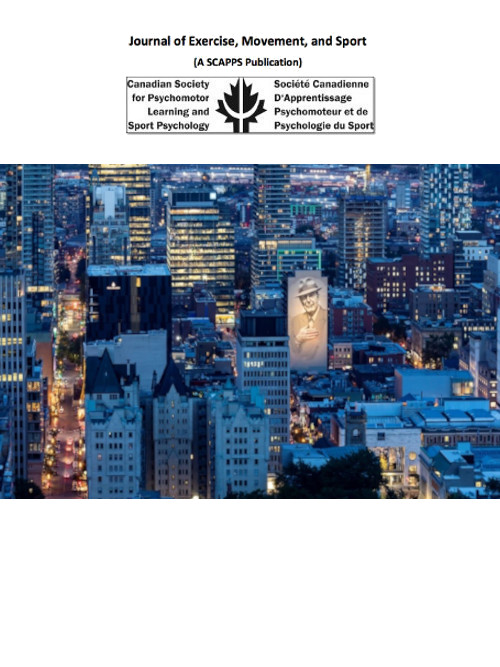Abstract
Athletes are required to undertake simultaneous cognitive and physical tasks when competing. However, limited research has investigated how physiological responses, affective states, and exertion may influence cognitive and physical sport performance both independently and simultaneously. The aim of the present study was to explore the differential performance implications of fluctuations in athletes' psychophysiological responses during dual-task execution. Therefore, we assessed variations in orienteering athletes' affective states, perceived exertion, physiological responses, as well as cognitive and physical performance across trials with cognitive, physical, or combined cognitive and physical load. Highly trained competitive orienteers (n=15 men; n=10 women) completed three randomised trials comprised of: (1) sport-specific cognitive tests; (2) 35-minute cycling time trial; and (3) combined sport-specific cognitive tests and 35-minute cycling time trial. Measures taken during the trials recorded affective states, perceived exertion, heart rate, blood lactate, cycling watts, as well as working memory, updating, planning and decision making. No significant differences in cognitive performance accuracy were observed within or across trials although reaction times improved within trials and were fastest in the combined trial. Blood lactate, heart rate, perceived exertion, negative affective states, and watts were highest in the physical trial. The combined load of undertaking sport-specific cognitive tests and a cycling time trial did not influence cognitive performance accuracy. Athletes produced greater watts when completing the physical task independently compared with the combined trial, although psychophysiological responses were worse. Further investigation is warranted to determine whether athletes' attentional focus underpins psychophysiological responses to dual-task sport performance.Acknowledgments: This work was supported by the Swedish Research Council for Sport Science (Centrum för Idrottsforskning) and Umeå School of Sport Sciences (Idrottshögskolan) at Umeå University.

